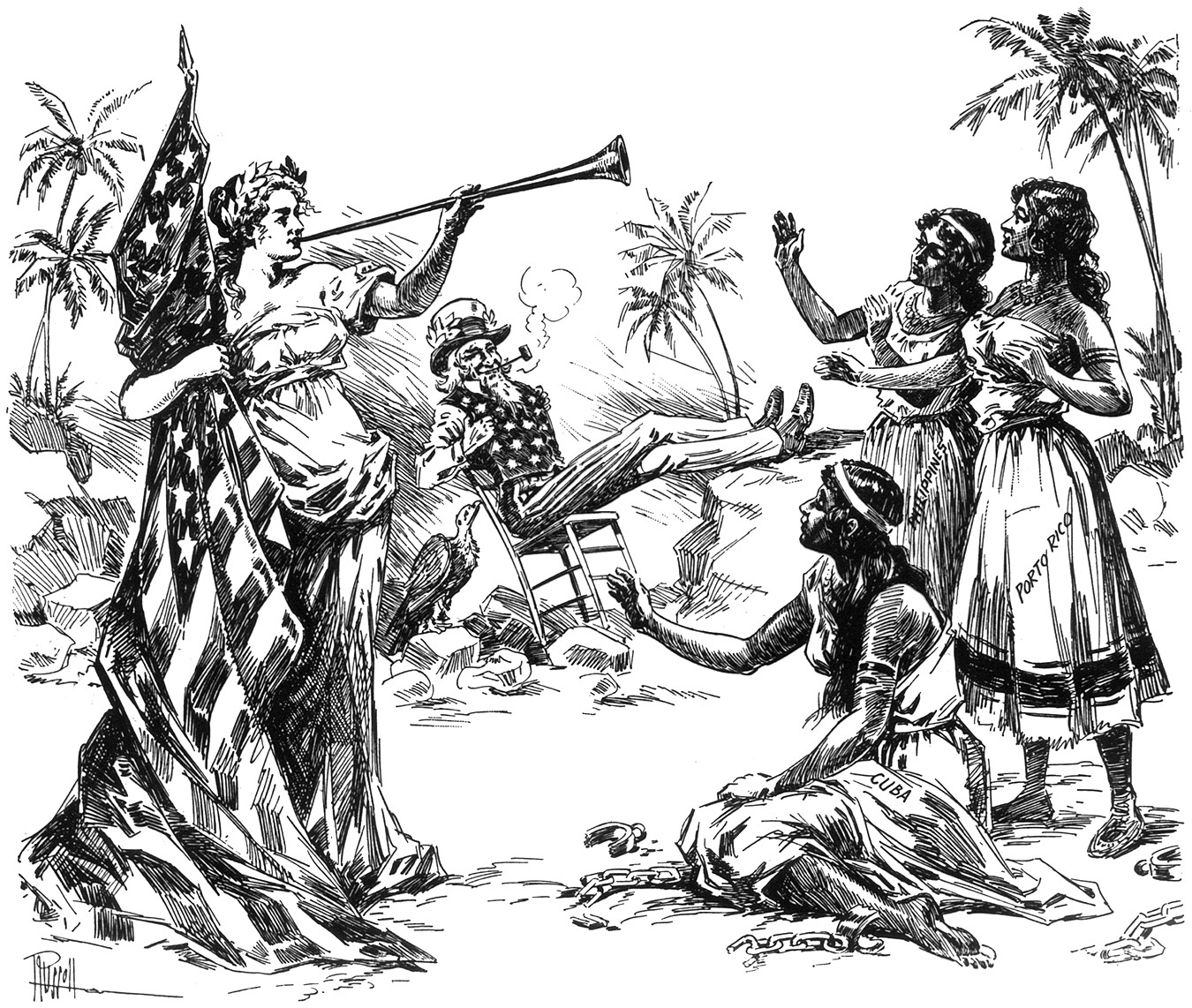What about your internship at RRCHNM has been an eye-opening (new or unexpected) experience? What were your initial expectations? Have these expectations changed now that you are half-way through? How? Why? In the past few weeks, I have been concentrated on exploring topic modeling possibilities offered by Voyant Tools and MALLET to quantitatively study data…
Reflections on my internship with RRCHNM (Part I)
The mission of the Roy Rosenzweig Center for History and New Media RRCHNM develops projects centered around digital history, historical research, and education. The websites and open-source digital tools created by CHNM aim to preserve history, innovate humanities scholarship methods, enhance history education, and advance historical thinking. These initiatives—many of them done in collaboration with…
AT Project: Initial Text Analysis of ATN using Voyant Tools
Introduction: Here are some initial comparisons between an unclean OCRd batch of ATN vols. 20.1-21.2 and a batch of the same volumes, but with clean OCRd data). This preliminary analysis will help us determine if we need to go through the extra step of preparing the data of each volume or if we could just…
Fifth Piece of the Puzzle: Zoom-In Inquiry Activity
As the next phase in the lesson plan for the 1898 Political Cartoons project, I have been creating a Zoom-In Inquiry activity, based on a lesson plan created by Joe Jelen (Northwood High School), published on teachinghistory.org. This introductory section will be designed to start leading students to a path of inquiry by doing a…
Using American Political Cartoons as Primary Sources: A College Educator’s Perspective
How would I use primary sources on the final HIST689 project? As an educator, I envision college Latinx Studies, History, or Humanities majors deeply engaging with historical thinking skills through the examination of one main medium: political cartoons. Concentrating on such a medium could facilitate a transition from content-centric lectures, to interactive learner-centered sense-making sessions.…
Historical Thinking in History Teaching
What elements of historical thinking have remained at the heart of history teaching over the decades? The core elements that have remained constant in the ongoing scholarly conversations on the teaching of historical thinking have been historical empathy, historical significance, continuity and change, evidence. I would like to explore them, but through the lens of…
Audience, Dialogue, and Co-Creation: User Research Findings
Purpose of this Audience-Research Project: As part of the design of the “Territorio no Incorporado” public history prototype online platform, I have collected data from interviews, which were held with two Puerto Ricans living in the Upstate region of South Carolina. This post elucidates some specificities regarding their demographical profiles, labor and leisure activities, interactions…
Reflections on the Process of Working with Voyant and User Guide
My Reflection of Voyant Voyant is a text visualization project that facilitated me the analysis of content appearing in the WPA Slave Narratives Project that took place in the late 30s. It is a virtual environment that allowed me to engage in the reading and analysis of digital texts collected and edited during the WPA…
WPA Word Clouds Comparisons: Corpus, Georgia, Kansas, and Mississippi
The Corpus word cloud: The word cloud generated for the corpus reflects the use of dialectical language among interviewees’ transcripts. Orality seems to play an integral role of the speaker, and there is a heavy of localisms such as “dey”, “dat”, “dem”, “em”, “wuz”, and “wid” among others in the word cloud. This visualization displays…
WPA Distinctive Words in Voyant
Distinctive Word 1: “warn’t” (Georgia Document) Word “warn’t” Across Corpus
